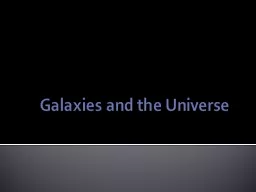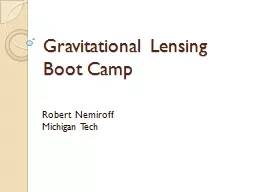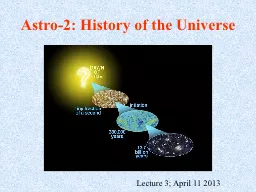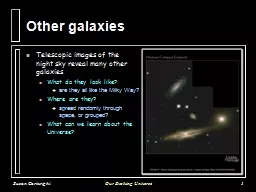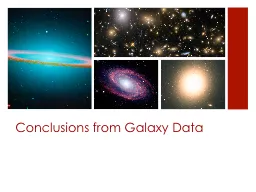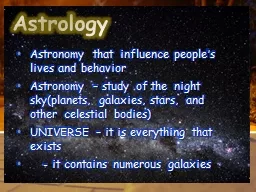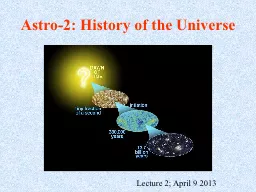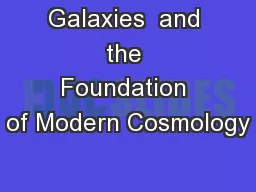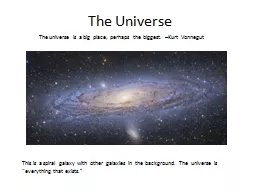PPT-Galaxies and the Universe
Author : tatyana-admore | Published Date : 2016-04-25
The Milky Way Galaxy When you look into the hazy band of light across the sky you are actually looking at our galaxy from the inside While an awesome sight you can
Presentation Embed Code
Download Presentation
Download Presentation The PPT/PDF document "Galaxies and the Universe" is the property of its rightful owner. Permission is granted to download and print the materials on this website for personal, non-commercial use only, and to display it on your personal computer provided you do not modify the materials and that you retain all copyright notices contained in the materials. By downloading content from our website, you accept the terms of this agreement.
Galaxies and the Universe: Transcript
Download Rules Of Document
"Galaxies and the Universe"The content belongs to its owner. You may download and print it for personal use, without modification, and keep all copyright notices. By downloading, you agree to these terms.
Related Documents

